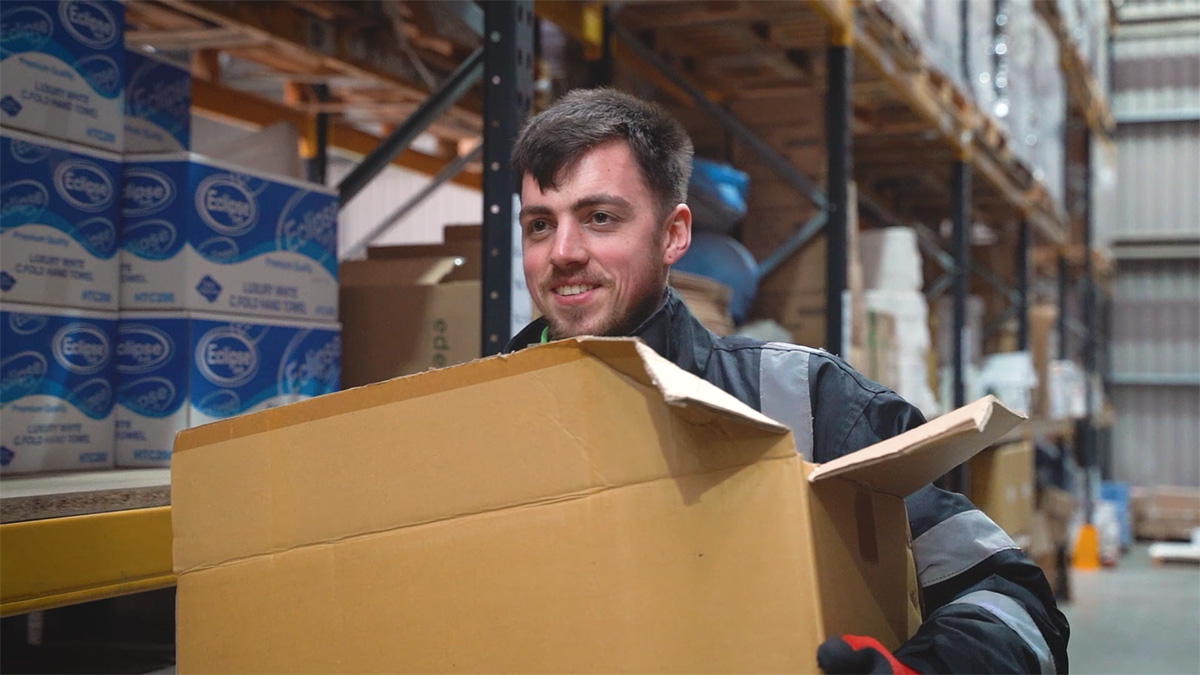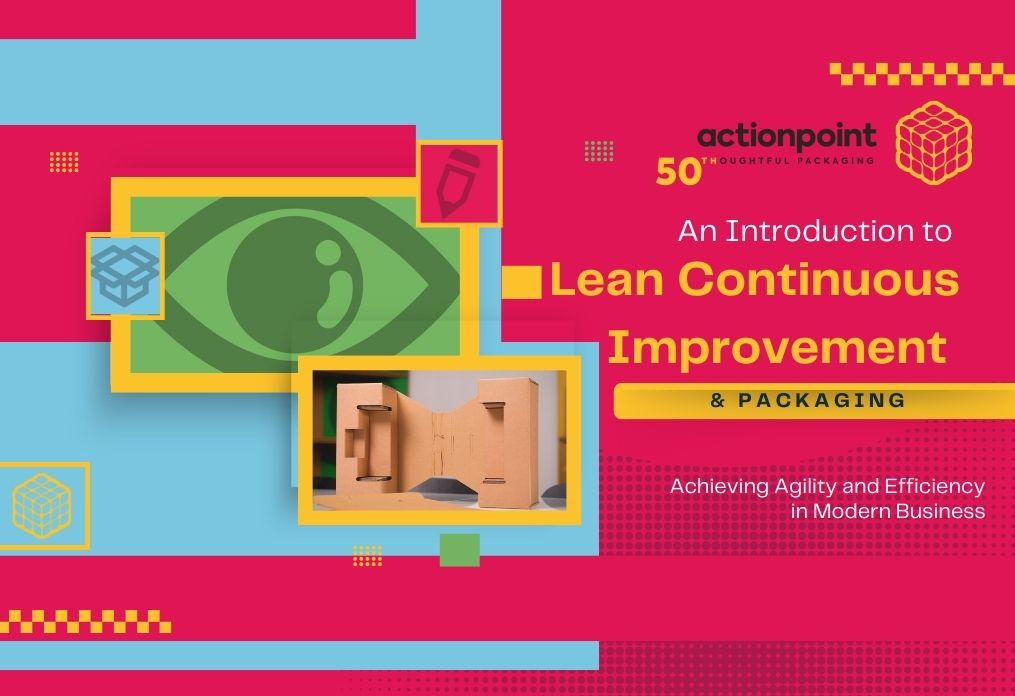Following more than 15 years of ‘wage stagnation’ in the UK, the latter half of 2023 finally saw worker pay on an upward trajectory, but this has brought new challenges for organisations already feeling the squeeze.
So, why are wages going up, and how can your packaging processes help to off-set these costs?
The rise of real wages
The Office for National Statistics reported that regular pay in the period June to August 2023 grew by 7.8%. This overtook inflation (as measured by the Consumer Prices Index) for the first time in almost two years – with CPI rising by 6.7% in August. Adjusted for inflation, this meant a 0.7% pay rise in real terms. Each consecutive month continued to see real wages increase while inflation fell. The latest figures, for the three months to December 2023, show that regular pay rose by 6.2%, or 1.9% when adjusted for CPI.
Worker worries
The cost of hiring and retaining staff has gone up as workers secure more pay to keep up with the rising cost of living. Further increasing the pressure is an overall shortage of people available for employment – thought to be a combination of factors such as an ageing population, long-lasting sickness, early retirement after the Covid-19 outbreak, and loss of large numbers of skilled EU workers following Brexit. Total estimated vacancies in November 2023 to January 2024 were 932,000, which is higher than pre-pandemic levels, while people out of work due to long-term sickness hit a record high of 2.8 million.

Time and motion
As labour costs increase across markets, businesses are forced to raise the price of their goods and services and/or find savings elsewhere to compensate. For those understaffed and struggling to recruit, this also means a slowdown in productivity. So, how can you address costs, savings, and productivity in one fell swoop? By putting your efficiencies under the microscope. One approach is the time and motion study, involving the methodical observation and analysis of work processes. The idea is to learn how much time is being spent on each task and what motions are involved to complete them. Armed with this knowledge, you can:
- Identify bottlenecks: detecting hotspots for delays, their causes, and actions that will prevent or ease congestion.
- Improve workflow: reducing unnecessary steps, eliminating duplication of effort, and adjusting any factors that are slowing you down.
- Efficiently allocate resources: optimising your staff, time, equipment, and space.
- Accurately measure performance: establishing benchmarks for performance, setting realistic targets, and monitoring for continuous improvement.
Using a time and motion study framework, you can make precise changes that will streamline your packaging processes, reduce waste, and enhance overall efficiency in your warehouse.

Start by establishing what it is you would like to achieve. Your objectives could be to speed up packing times, decrease damage rates, free up storage space, and/or optimise palletisation. Next, identify all the individual tasks that align with your objectives. When it comes to packing times, think about things like how your packaging is stored, retrieved, and assembled; how your goods are collected from storage and packed; how efficiently workstations are organised; and how far operators have to walk to reach all the items they need.
At this point you can start collecting accurate data, logging what activities are involved in a given process and how long they each take to perform. This information can help you to identify patterns, inefficiencies, and opportunities to save time or resources. But don’t use the data in isolation. Collaborate with the members of your team who are actually doing the work and benefit from their experience, insight, and ideas.
Once you have gathered and analysed the data, you have a clear picture of your strengths and weaknesses. You know your problem areas and the reasons behind them. Now, you can implement highly specific, targeted changes to resolve issues, whether reorganising your warehouse, providing additional staff training, adjusting packaging design, introducing automation, or starting a packaging stockholding agreement.
An easier way
It’s entirely possible for you or a colleague to carry out a time and motion study of your packaging processes, but you could be missing out. Unless you have in-house expertise of the latest advances in packaging, equipment, and working practices, it’s easy to overlook opportunities to make real savings. A simple change of equipment, or technique, or packaging design – even swapping a fiddly adhesive strip for one that is easier to peel off – can make a huge difference to your efficiencies. But without the relevant skillset, you wouldn’t know these options were available to you.
At Actionpoint, we offer an Efficiency Insight packaging review to help businesses realise the full potential of their packaging processes. We share industry knowledge of all the types of packaging solutions available on the market, as well as best practices to make the most of your resources. We have decades of experience of seeing what works and what doesn’t, taking in a wide variety of industries.
Take control
In recent years, UK businesses have overcome many challenges. We have navigated more than three years of supply chain disruption and escalating prices in the wake of Covid-19 and the Russia-Ukraine war. We have seen inflation reach a 41-year high, and interest rates at their highest levels since 2008. Crisis followed crisis with global energy and cost-of-living shocks. And to top it off, 2023 ended with instability in the Middle East, and the UK economy in recession following two quarters of negative growth.
In other words, there are many external factors over which we have little control. During these difficult times, it’s the efficient, innovative, and adaptable businesses that are the ones best equipped to stay competitive and weather the storm.
If you would like to maximise efficiency and identify opportunities to get ahead of the competition, get in touch with us today. Talk to our Customer Service Team for advice on any packaging challenges you’re experiencing or to book an Efficiency Insight packaging review.




